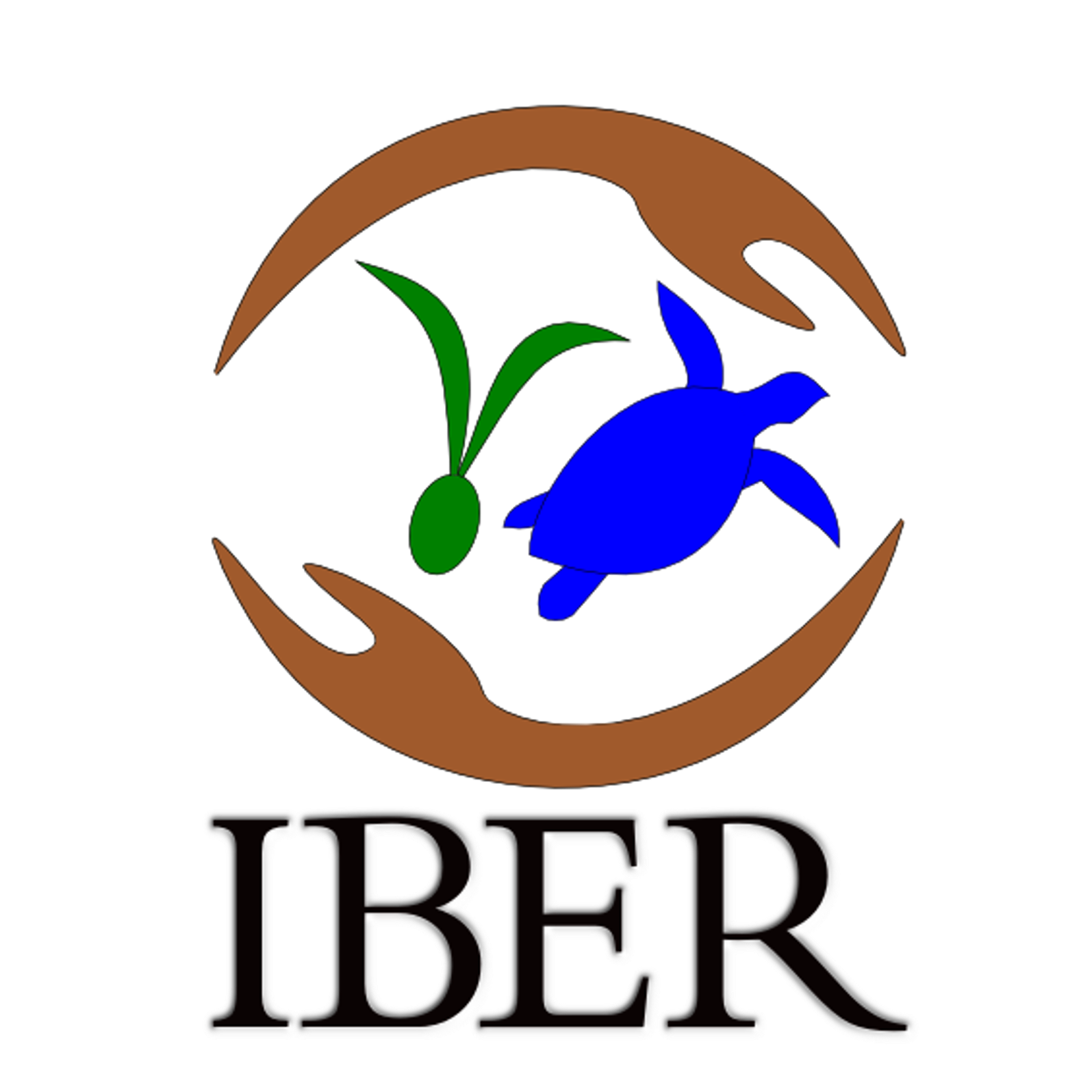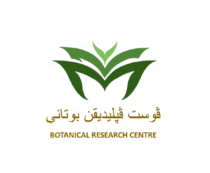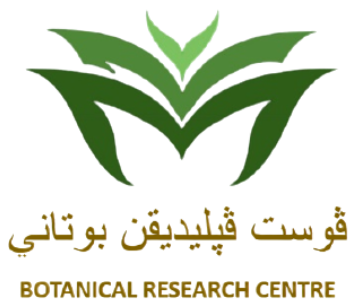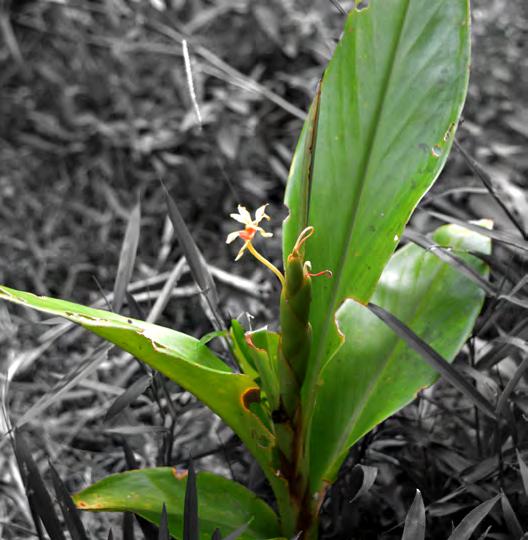Hedychium muluense R.M. Sm.
Borneo Ginger / Kunyit hantu (Bru.); Kunyit lamatai (Dus.)
Perennial epiphytic dwarf herb that can reach 24 cm tall and it is mildly fragrant. Leaves are simple, alternately arranged, glabrous on both surfaces, green to yellow-green. Leaf blade is oblong-lanceolate, attenuate at apex, clasping sheaths at base with entire margin and penni-parallel venation. Pseudostems are erect, produced from the rhizomes and have a compact broad rounded appearance. Inflorescence a terminal spike forming from the mature pseudostems which bears 1-3 flowers per bract. Each flower has a long cup-like structure called hypanthium. The true petals are green-yellow and much less showy than the large creamy white labellum with an orange
It is locally used for fungal and bacterial infections. Crushed rhizome is often added with tea to reduce fever, indigestion and gastric. It is also reported to have antioxidant, antidiarrheal, pro-fertility and antithrombotic
It thrives on fertile moist but well-drained soil under a condition of full sunlight to partial shade. It usually grows along streams, edge of forests and in open wet areas.
Seeds and rhizome division.
Native to Indonesia, Malesia, and southern Thailand. It has been naturalized in tropical and subtropical regions worldwide.
None







